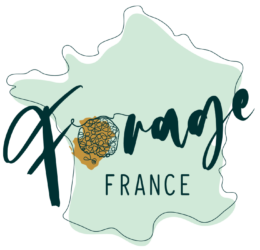That smell we love so much, that has even been bottled into a scent is the distress call of your freshly cut lawn. It is the release of a chemical defense and self administered first aid from the hundreds of thousands of injuries you just inflicted with your precious lawnmower.

Plants release a whole number of volatile organic compounds called GLV’s (Green leaf volatiles) normally. Whenever a leafy plant is injured it starts to release them in high numbers with some of the compounds stimulating the grown of new cells which help the wounds heal quickly. Some compounds will help the plant by acting as an antibiotic or antifungal aid.

More interestingly it can be used as a distress signal by plants to warn other plants of incoming danger giving them time to put up a defense. An example of this is when giraffes eat acacia trees. Giraffes have developed the understanding that if they approach an acacia grove from down-wind then, as they eat the acacia, the distress signal sent will blow away rather than towards the other trees. This allows the giraffes to continue munching their way through the other trees. This distress signal allows the acacia tree to release a chemical into the leaves that make them taste foul to the giraffe.

Scientists found, in one study, that the saliva of certain caterpillars reacts with the compounds released by coyote tobacco plants to make them attractive to the Geocoris punctipes AKA “big-eyed bugs” that regularly eat the caterpillars.
There may be a high cost to that wonderful smell of freshly cut grass, though. The compounds released are precursors to ozone formation, according to researchers, and can contribute to the formation of photochemical smog in urban areas.
Enjoy,
Tom
